Friday, 10 May 2024
Menu

Researchers at the National Museum of Scotland in Edinburgh have used photographs to build 3D reconstructions of missing mechanisms. They hope to use the technique to study the internal structure of other archaeological finds, particularly those underwater. The watch and its 3D reconstruction were on display in 2011 at an exhibition at the National Museum of Scotland in Cenne.
The watch was found on the wreck of the vessel ‘Swan’, a small warship that sank off the coast of western Scotland, during the English Civil War. The ship was part of Oliver Cromwell’s forces that attacked the Royalists at the fortress of Duart in Mull, UK. The ship sank during a violent gale on 13 September 1653.
The wreck was discovered by a navy diver in 1970 and archaeological and survey work began on it in 1990. The excavated artefacts including a pocket watch, silver coins, iron weapons and decorative sword handles were taken to the National Museum of Scotland.
The watch itself was barely recognisable. Conventional X-ray images taken at the museum showed the gears inside, but did not provide useful information about how the watch functioned, or how well its interior was preserved.
Lore Troalen Museum researchers Darren Cox and Theo Skinner came across an article in the journal Nature about CT scanning and how it has been used to study artefacts pulled from under the water in Greece.
We did not think that so many fragments of the whole mechanism had survived inside
A tomograph takes a series of images of an object from different angles, which are then combined using a computer to produce three-dimensional reconstructions. Andrew Ramsey and his colleagues at X-Tek Systems in Tring, have developed and improved on this technique by using a small but high-voltage X-ray source to produce very high-resolution images.
Troalen and Cox took the watch recovered from the wreck of the ship “Swan” to X-Tek. The photos that were taken there show how much of the mechanism inside the watch, is perfectly preserved.
All the steel parts, including the watch case and the screws and studs that originally held the mechanism together are completely corroded, but on the other hand most of the brass parts are in excellent condition.
The results exceeded all our expectations. I never thought that so many components could survive,” said Troalen.
The resulting reconstruction allows one to see decorative elements characterised by precision and attention to detail. On many parts of the mechanism are engraved drawings of a flower. The front of the clock is marked with Roman numerals, with lilies placed every half hour and an English rose in the centre.
The researchers even found the signature of the maker which was “Niccholas Higginson of Wesminster”. Historical watchmakers’ directories confirm that Higginson was making watches in London in the years before the Swan sank.
Colin Martin – a retired marine archaeologist who led the survey work on the wreck of the Swan vessel – described the results as “brilliant”.
We now know more about the watch than we would have found out by using a hammer to open it, and the object of study is still intact, he commented
The above results show the level of detail that can be preserved inside objects, even after many centuries of resting underwater, as well as the potential for using tomography to investigate similar finds.



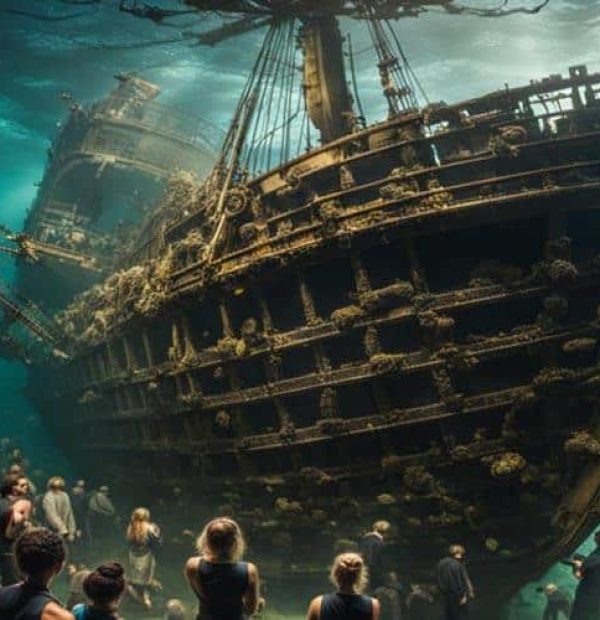
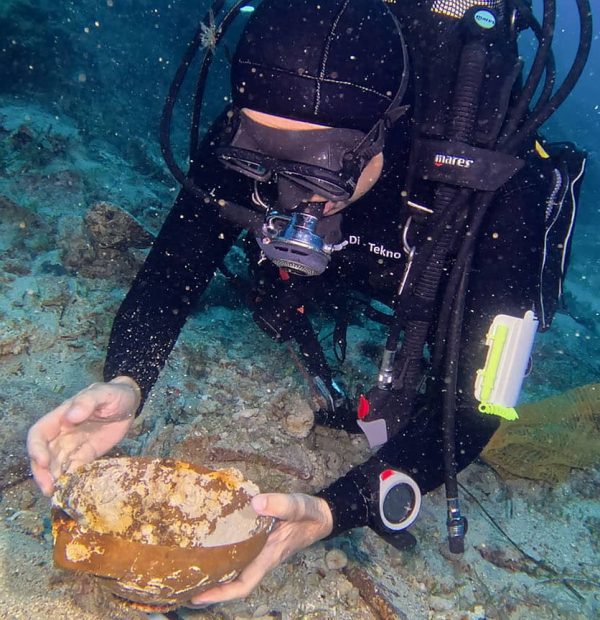
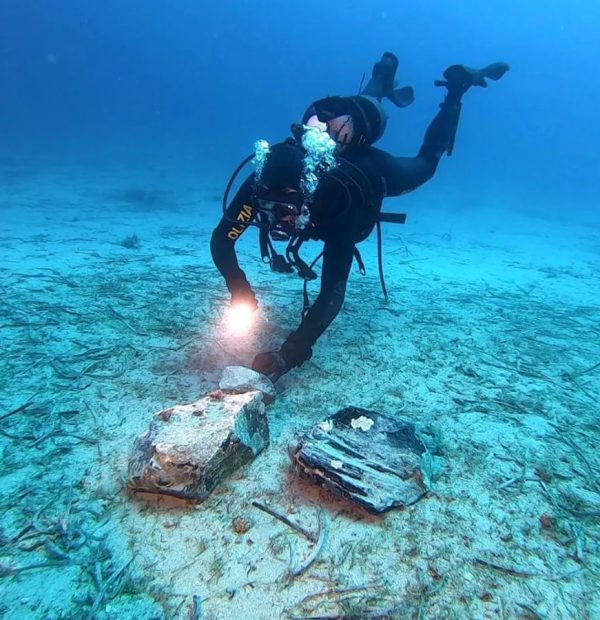
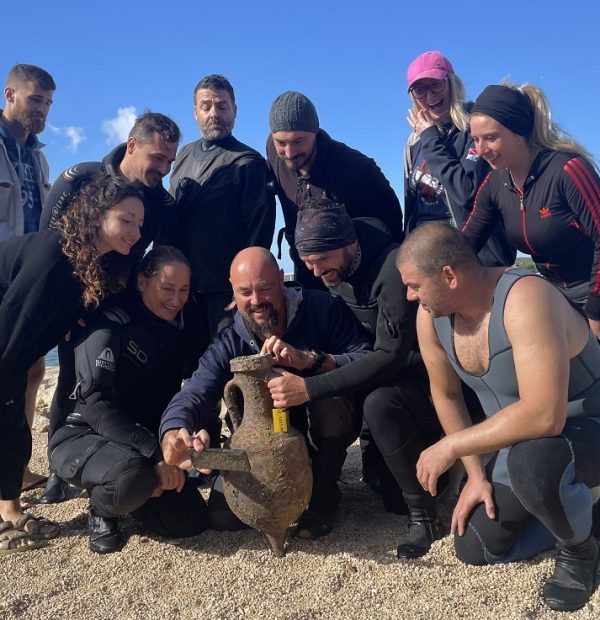
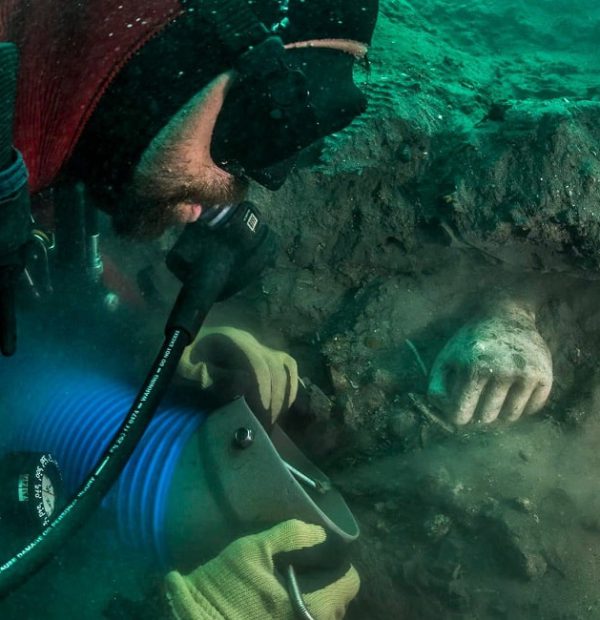
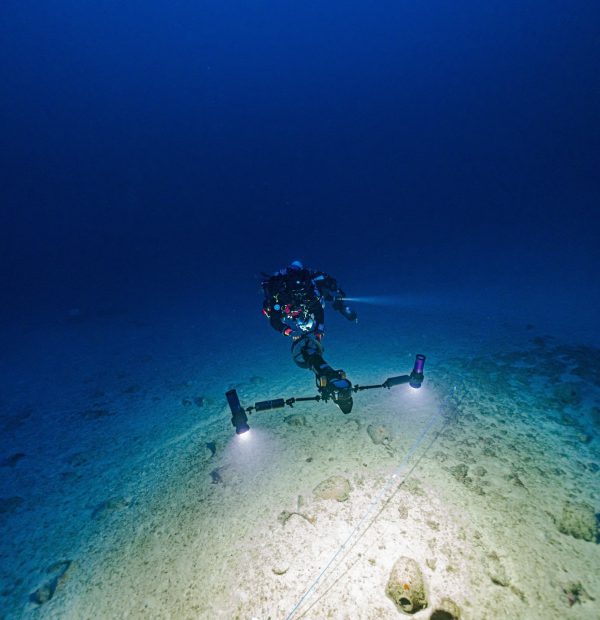

Welcome to DIVERS24.COM, your daily source of scuba news, freediving, scuba diving information, and equipment reviews. Our comprehensive coverage of the dive industry from A to Z provides you with all the latest scuba news, training updates, underwater photography tips, and everything else related to scuba diving. Whether you’re a beginner or an experienced diver looking for more knowledge about scuba gear or techniques – we’ve got it covered! With our in-depth articles written by experienced divers who have been there and done that, you are sure to find exactly what you need here at Divers24.com. Dive into scuba news today!
Underwater Media Sp. z o.o.
Szafarnia 11/F8,
80-755 Gdansk, Poland
Welcome to DIVERS24.COM, your daily source of scuba news, freediving, and scuba diving information. Sign in for a weekly news update and discount coupons for dive gear and apparel.
@2023 - underwatermedia.pl. All Right Reserved. Designed and Developed by Tworzenie stron internetowych Gdansk

The Divers24 portal is currently the largest online medium treating diving in Poland. Since 2010 we have been providing interesting and important information from Poland and around the world on all forms of diving and related activities.
Contact us: info@divers24.com